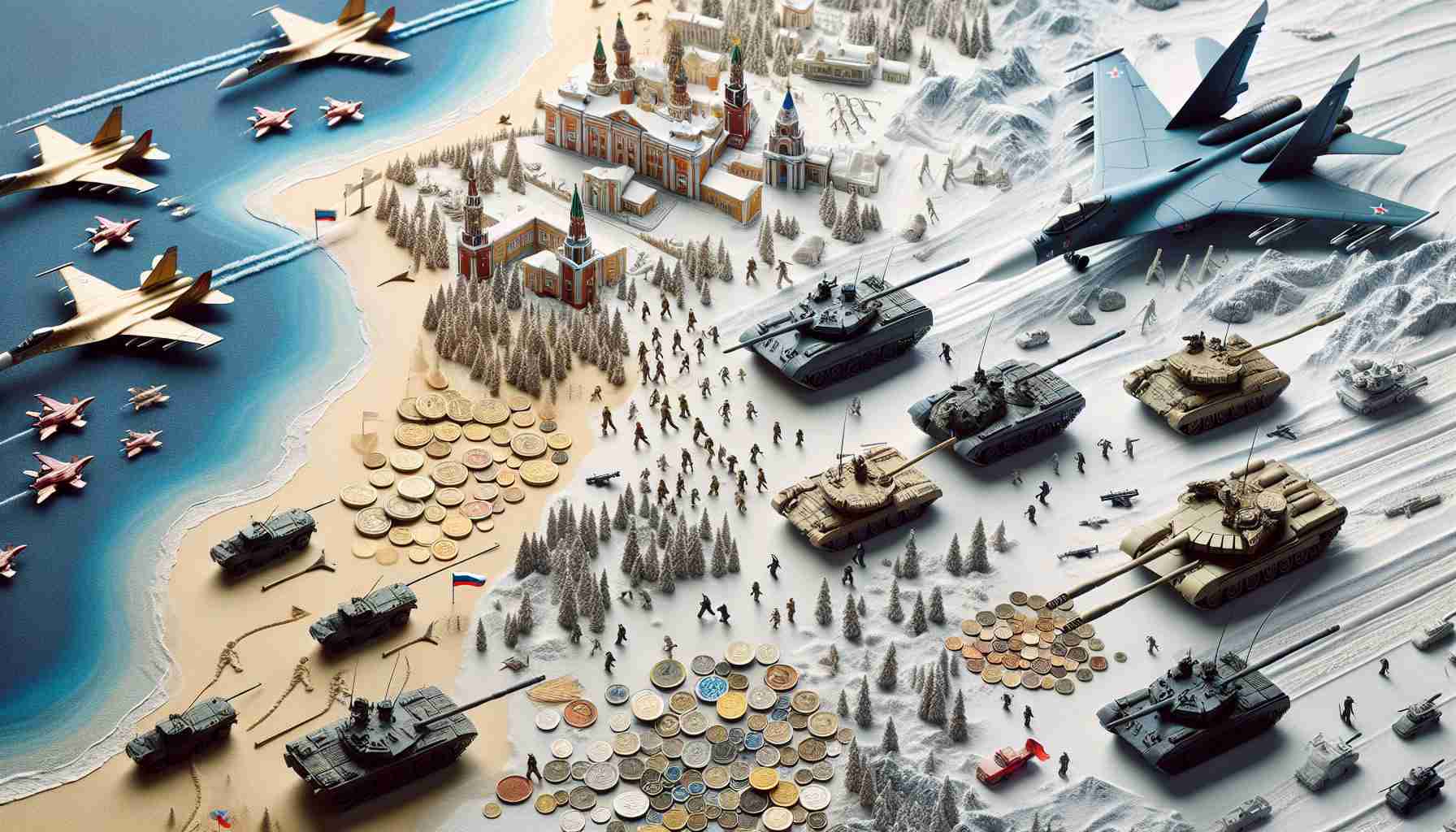The Russian government’s latest move involves a significant financial allocation to attract individuals to sign military contracts with the Russian Ministry of Defense. This shift in strategy hints at a new approach to sustaining manpower needs for ongoing military operations.
Instead of relying solely on financial incentives, Russia’s military recruitment efforts now emphasize a combination of continuous small-scale reservist recruitment known as “crypto-mobilization,” alongside traditional conscription campaigns. This diversified approach aims to address the evolving challenges faced by the Russian armed forces.
The increase in one-time payments for signing military contracts, reaching up to 400,000 rubles ($4,200) and exceeding one million rubles in some regions, highlights the government’s determination to secure an estimated 225,000 personnel through contract service by 2027. However, concerns persist that even higher payments may be necessary to meet recruitment targets as rates continue to rise.
Despite these efforts, analysts suggest that there are inherent limitations to the sustainability of crypto-mobilization in generating new recruits in the long run. Russian President Vladimir Putin’s strategic choice to avoid full-scale mobilization, opting for partial mobilization instead, underscores the complexities of the current military landscape.
As Russia maintains its military operations in Ukraine, the ongoing financial commitments and recruitment strategies indicate a shift towards a more nuanced approach to manpower management. The future actions of the Kremlin amidst potential manpower crises remain uncertain, signaling a dynamic and evolving military strategy.
Additional Facts:
– Russia’s military modernization efforts have also focused on developing advanced weaponry systems, enhancing cyber capabilities, and investing in strategic partnerships with other nations.
– The Russian military operates in various theaters beyond Ukraine, including Syria, where it supports the Assad regime.
– There have been reports of increased Russian military activities in the Arctic region, showcasing a comprehensive approach to defense strategy.
Key Questions:
1. What impact will the financial incentives for military contracts have on recruitment numbers and the overall effectiveness of the Russian armed forces?
2. How will the shift towards “crypto-mobilization” alongside traditional conscription campaigns affect the readiness and capabilities of the Russian military?
3. What are the potential geopolitical implications of Russia’s evolving military strategy and increased financial commitments in the context of global security dynamics?
Key Challenges/Controversies:
– Balancing the financial costs of sustaining an all-volunteer force with the need to maintain a sizable military presence for strategic purposes.
– Addressing concerns about the long-term sustainability and effectiveness of the recruitment strategies employed by the Russian Ministry of Defense.
– Navigating potential tensions with NATO and other regional powers as Russia’s military strategy evolves and expands.
Advantages:
– The focus on attracting individuals to sign military contracts can potentially lead to a more professional and motivated force.
– Diversifying recruitment strategies may help address manpower shortages and enhance overall readiness.
– Investing in advanced weaponry and cyber capabilities can enhance Russia’s military deterrence and defense capabilities.
Disadvantages:
– Dependence on financial incentives may not always guarantee a sustained influx of recruits, leading to recruitment challenges.
– Limited recruitment options like “crypto-mobilization” may not fully address the evolving needs of a modern military force.
– Increased military activities and modernization efforts may trigger regional security concerns and escalate tensions with other countries.
Suggested Related Links:
– Russia – The Moscow Times
– Russia – GlobalSecurity.org



